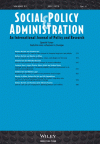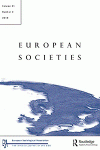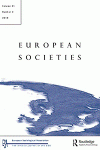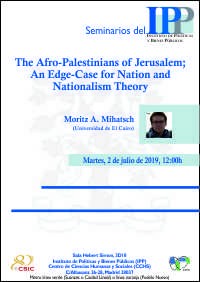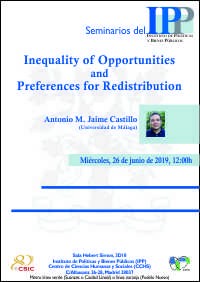Degli Esposti, Sara, & Vincenzo Pavone. (2019). Oocyte provision as a (quasi) social market: Insights from Spain. Social Science & Medicine 234(2019)

Abstract. The provision of oocytes plays an important role in human fertility treatments. Spain alone performs half of oocyte provision cycles in the European Union whilst all other European countries face an oocyte shortage. How do Spanish fertility clinics manage to match the increasing domestic and foreign demand for female oocytes?



